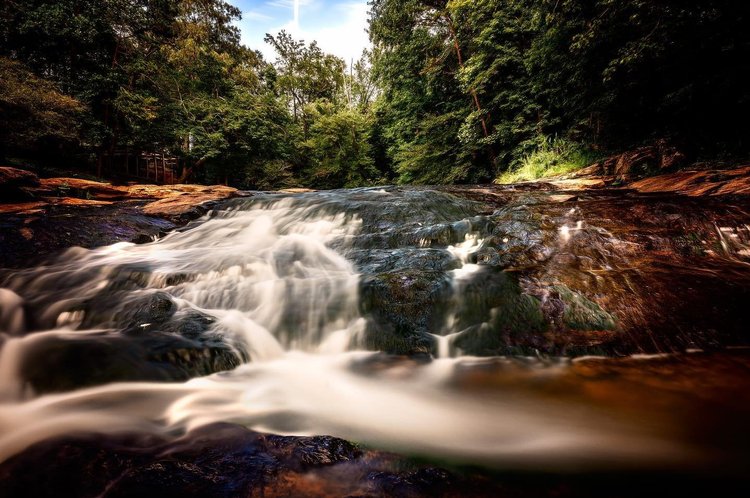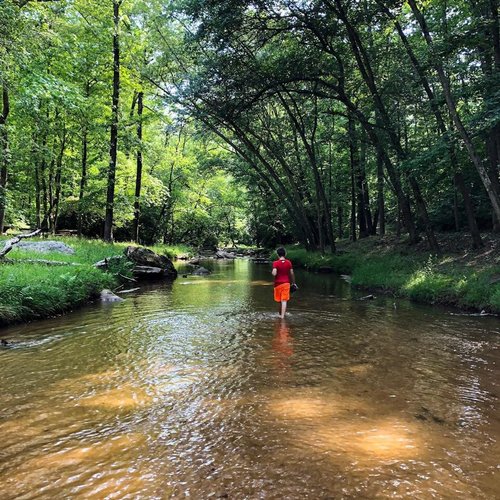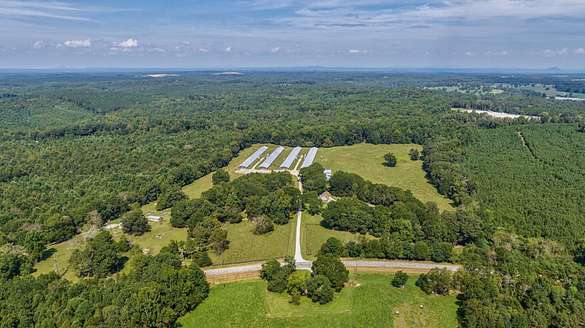
Table of Contents
Introduction
Nestled just a short drive from Lavonia, Georgia, Victoria Bryant State Park is a serene escape that offers visitors a chance to immerse themselves in the beauty of Georgia’s native landscapes. Though less famous than other state parks, it holds unique ecological, recreational, and cultural value for the local community. This article explores the park’s rich history, diverse ecosystems, recreational opportunities, and its significant role in the life of Lavonia residents.
History of Victoria Bryant State Park

Victoria Bryant State Park was established in 1959 and named in honor of Victoria Bryant, a pioneering conservationist and local philanthropist who played a key role in promoting outdoor recreation and environmental preservation in Georgia. The park initially served as a simple retreat for locals but has evolved into a vital green space that protects native plants and wildlife, while offering a variety of recreational amenities.
The park’s development reflected broader trends in mid-20th century America, where state parks became important sites for promoting public health, tourism, and conservation. Victoria Bryant State Park’s establishment marked a commitment to preserving natural landscapes amid growing urbanization and industrialization.
Ecological Significance

Victoria Bryant State Park encompasses over 500 acres of diverse habitats, including hardwood forests, pine stands, wetlands, and freshwater lakes. This mosaic of ecosystems supports an impressive variety of plant and animal life, making it a hotspot for nature lovers and researchers alike.
Flora
The park is home to over 100 species of native plants, many of which are characteristic of the Piedmont region of Georgia. Visitors can find rare wildflowers, native grasses, and towering hardwoods such as oaks, hickories, and maples. Seasonal blooms like trilliums and bloodroot paint the forest floor with vibrant colors in spring.
Fauna
Wildlife thrives in the park’s varied habitats. White-tailed deer, wild turkeys, raccoons, and squirrels are common sights. Birdwatchers can spot species ranging from woodpeckers and warblers to the elusive barred owl. The park’s lakes and streams support fish species like bass and bluegill, attracting anglers.
Conservation Efforts
The park serves as a living laboratory for conservation efforts focused on preserving native species and controlling invasive plants. Partnerships with universities and environmental groups facilitate research projects aimed at maintaining biodiversity and ecosystem health.
Recreational Activities
Victoria Bryant State Park is equipped to provide a wide range of outdoor activities for visitors of all ages and interests.
Hiking Trails
The park features several well-maintained hiking trails, such as the popular Kingfisher Loop Trail. This trail winds through forests and along the lake shore, offering scenic views and opportunities to observe wildlife. Trails vary from easy walks to more challenging routes, catering to beginners and seasoned hikers alike.
Fishing and Boating
The park’s two lakes—Lake Delano and Lake Victoria—are stocked with fish, making them ideal spots for fishing enthusiasts. Visitors can fish from the shore or rent boats for a day on the water. The lakes are popular for kayaking and canoeing, providing peaceful paddling experiences surrounded by nature.
Camping Facilities
For those looking to extend their stay, Victoria Bryant State Park offers campsites equipped with amenities such as fire pits, picnic tables, and restroom facilities. Both tent camping and RV sites are available, making it accessible for different camping preferences.
Picnicking and Playgrounds
The park’s picnic areas provide shaded spots for family gatherings, complete with grills and tables. Children can enjoy the playground, designed to offer a safe and fun environment for play amid the natural setting.
Seasonal Events and Guided Tours
The park organizes seasonal events like nature walks, birdwatching tours, and environmental education programs. These activities engage visitors in learning about the local ecology and foster a deeper appreciation for the natural world.
Read Also: The Unique Role of Lake Hartwell in Lavonia’s Growing Economy and Lifestyle
Importance to the Lavonia Community

Victoria Bryant State Park plays a vital role in the social and economic fabric of Lavonia.
Recreation and Quality of Life
For many Lavonia residents, the park is a nearby retreat that encourages physical activity, relaxation, and connection with nature. It contributes to the community’s quality of life by providing safe, accessible outdoor spaces.
Tourism and Local Economy
The park attracts visitors from neighboring counties and states, supporting local businesses such as restaurants, lodging, and outdoor equipment stores. Seasonal events and fishing tournaments generate additional tourism revenue, creating economic opportunities for Lavonia.
Environmental Education
Schools and community groups frequently utilize the park for field trips and educational programs. These initiatives promote environmental stewardship among young residents, helping to cultivate a conservation-minded generation.
Volunteerism and Community Engagement
Local volunteers assist with park maintenance, conservation projects, and event organization. This involvement strengthens community bonds and ensures the park remains a treasured resource.
Conservation Challenges and Future Plans
Despite its many assets, Victoria Bryant State Park faces challenges common to many natural areas.
Environmental Threats
Invasive plant species, habitat fragmentation, and water quality concerns pose risks to the park’s ecosystems. Climate change introduces additional uncertainties, including shifts in species distribution and increased storm events.
Infrastructure and Accessibility
Maintaining and upgrading trails, campgrounds, and facilities require ongoing funding and planning. Improving accessibility for people with disabilities is a priority to ensure the park can be enjoyed by all.
Strategic Initiatives
Park management is focused on expanding educational outreach, enhancing visitor amenities, and strengthening conservation partnerships. Efforts to promote sustainable tourism and minimize human impact are integral to these plans.
Conclusion
Victoria Bryant State Park near Lavonia, Georgia, is a hidden gem that offers more than just scenic beauty. Its rich ecological diversity, recreational opportunities, and community significance make it an essential part of the region’s heritage and future. Preserving and promoting this natural treasure will ensure that generations to come can enjoy and learn from its unique landscapes and wildlife.


